
























How to Prepare a Shrunken-Head
After an attack on the enemy, the victim or victims were killed and immediately decapitated.
Sometimes the decapitation process occurred while the victim was still alive.
The head is cut off below the neck with a section of the skin from the chest and back is taken with it.
The killer removes his woven head-band and passes it through the mouth and neck of the head and ties it over his shoulder to facilitate a rapid retreat from the victim's camp.
Should the killer have no head band, the warrior will utilize a section of vine.
The head shrinking process occurred in the following way:

With the immediate fighting over, the warriors assemble back at agreed upon camps alongside a river away from the enemy's territory. It is here that the head shrinking process begins.
Now safe, the killer begins to work on the head.
A slit is made in the neck and up the back of the head, allowing the skin and hair to be carefully peeled from the skull.
The skull is then discarded into the river and left as a gift to the pani, the anaconda.
Carefully, the eyes are sewn shut with fine native fiber.
The lips are closed and skewered with little wooden pegs, which are later removed and replaced with dangling strings.
From here the tsantsa goes to the sacred boiling pots or cooking jars.
The head is simmered for approximately an hour and a half to two hours.
If the heads were left for any longer, the hair would have fallen out.
On removal from the pots, the skin is dark and rubbery, and the head is about 1/3 its original size.
The skin is turned inside out and all the flesh adhering is scraped off with a knife.
The scraped skin is then turned right side out and the slit in the rear is sewn together.
What remains is similar to that of an empty rubber glove.
The final shrinking is done with hot stones and sand collected nearby in order to sear the interior and to shrink the head further. These stones are dropped one at a time through the neck opening and constantly rotated inside to prevent scorching. When the skin becomes too small for the stones to be rolled around within the head, sand is heated in a food bowl and substituted for the stones. The sand enters the crevices of the nose and ears, where the stones could not reach.
This process is repeated frequently.
Hot stones are later applied to the exterior of the face to seal and shape the features.
Surplus hair is singed off and the finished product hung over a fire to harden and blacken.
A heated machete is applied to the lips to dry them. Following this procedure, the three chonta are put through the lips and the lips are then lashed together with string.
This entire process would last for approximately one week, with the head being worked on daily while en route back to their own village. The last day of work on the trophy is spent in a forest a few hours away from their village where the first tsantsa celebration will take place. Here, the warriors will make a hole in the top of the head and a double kumai is inserted and tied to a shirt stick of chonta palm on the inside, so that the head can be worn around the warrior's neck.
The Jivaro Indians were preoccupied with realism, which is clearly shown in the careful preparation of the head.
Due to the meticulousness of the tribesmen, the warrior tries to prepare the tsantsa with utmost care in order to maintain the original likeness of a the slain victim's face.





























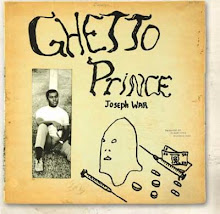
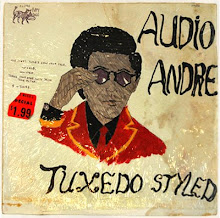














































































































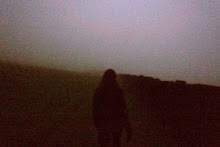














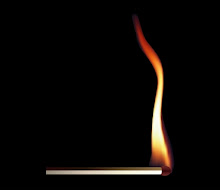




















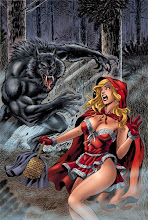




.jpg)



























































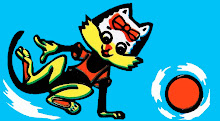
























No comments:
Post a Comment